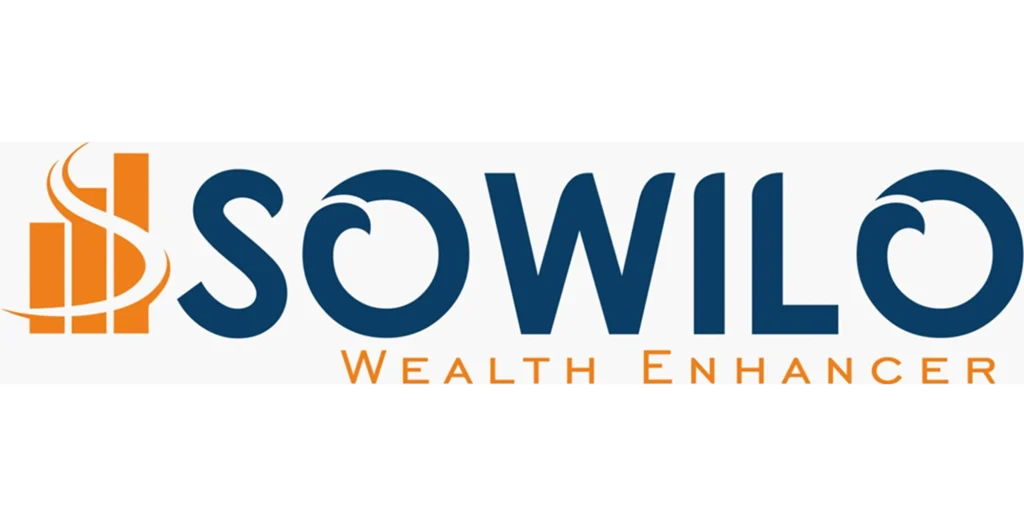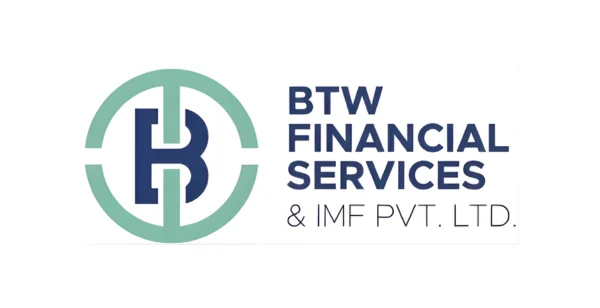
US Inflation Defies Tariff Surge: The Great Paradox
On Friday, US inflation data for September 2025 surprised markets with a softer reading — annual CPI rose 3.0%, coming in below forecasts and sparking a rally across Wall Street as rate-cut hopes grew.
This outcome has caught economists off-guard, given that President Trump’s historic tariff hikes have raised effective tariff rates on imports to the highest levels seen in nearly a century.
Conventionally, higher tariffs should fuel stronger inflation. So, why hasn’t this happened?
US CPI Inflation: What Drives It?
September 2025 CPI data shows that overall inflation rose 3% year-on-year, with core inflation slowing to 3%. The main contributors were:
- Shelter (35%): Steadied at 3.6% annual rise, making it the single largest CPI driver.
- Services excluding shelter/energy (23%): Up 3.6%.
- Food (14%): Rose 3.1%, slightly slower than previous month.
- Energy (6.2%): Increased 2.8%; gasoline prices alone rose 4.1% month-on-month.
- Commodities ex-food/energy (21%): Includes most imported goods, where inflation remains muted compared to other categories.
Across key components, tariff-affected imports form just a fraction of the total CPI basket. Shelter and services, which are less exposed to trade, continue to dominate the inflation picture.
Tariff Impact: Front-Loading, Lag, and Substitution
As US trade agreements stand at mid-October, the overall average effective tariff rate confronting US consumers is 18.0%, according to the budget lab calculations. This is the highest rate since 1934. It contrasts with a level of 2.3% at the end of 2024.
Inventory Stockpiling
Businesses responded to anticipated tariffs by front-loading inventories, importing heavily before tariffs kicked in. This created a buffer, delaying the direct impact on consumer prices for months. As these pre-tariff inventories run out, price pressures are projected to rise more sharply in coming quarters.
Lower Effective Tariff Rates
While headline tariffs are steep, the average rate paid has been lower. Companies are sourcing from countries with less severe tariffs, or making use of exemptions for certain goods. This “geographic substitution” dampens the inflationary punch.
Partial Pass-Through
US retailers have so far passed only a portion of the tariff costs onto consumers, absorbing some costs in their margins. This is due to competitive pressures, uncertainty about the policy’s longevity, and reluctance to lose market share.
Where Inflation Did (and Didn’t) Show Up — Sectoral Analysis
- Tariff-exposed sectors: Core goods inflation (imported consumer products, electronics, etc.) rose a mild 1–2% year-on-year.
- Domestic-driven sectors: Shelter, healthcare, and services remain the prime forces behind headline inflation.
- Energy and food saw price spikes due to external shocks (oil markets, global supply issues), not tariffs.
US Current Account Deficit: Tariffs Shrink the Gap
The US current account deficit, which measures trade imbalances, shrank sharply in Q2 and Q3 2025 as goods imports cooled after the tariff surge. Companies front-loaded purchases before tariffs and then rapidly reduced imports, compressing the deficit.
The US current account deficit shrank by a record 42.9% in Q2 2025, falling to $251.3 billion (3.3% of GDP) as imports declined sharply following tariff implementation.
Policy Implications
While the drop in imports narrows the current account deficit, history shows this isn’t sustainable unless savings rise or investment falls, structural factors untouched by tariffs alone. Long-term deficit reductions require more than just trade barriers.
Why Tariff-Driven Inflation May Emerge Later
- Inventory buffers are depleting: As post-tariff stock runs out, prices are likely to rise as firms pass on the higher costs.
- Import substitution has limits: Eventually, sourcing alternatives dry up or become costlier.
- Business surveys signal higher planned price increases in future: The delayed pass-through means 2026 may see stronger imported goods inflation.
Conclusion: The Calm Before the Storm
The current paradox — a historic tariff hike without runaway inflation — can be explained by front-loading, inventories, muted effective tariff rates, and sectoral composition. However, as buffers wane and firms exhaust alternatives, the next few quarters may see inflation accelerate, especially in tariff-sensitive goods.
Markets may be enjoying temporary relief, but policymakers and investors should expect the real inflation impact to emerge as these lags unwind.
About Sowilo Investment Managers LLP
Sowilo Investment Managers LLP (“Sowilo”) is a boutique asset and wealth management firm catering primarily to Corporate, UHNI, HNI investors and Family offices in domestic as well as offshore markets.
Sowilo is a SEBI registered PMS, focusing on discretionary portfolio management. The team consists of professionals from various streams coming together to pursue their passion to create a platform which provides investment opportunity across asset class via equity as a superior proxy. We understand the worth of your time and wealth earned. By opting our Wealth Management Services, you entrust your assets and wealth to a global network of assets who constantly monitor them and has a tailored approach to optimize your portfolio with efficient risk management. We are registered portfolio management services in India
Regards, Team Sowilo
Key References:
- S. Bureau of Labor Statistics CPI Release, September 2025
- Trading Economics US CPI and Inflation Rate, October 2025
- CNBC September CPI coverage
- https://budgetlab.yale.edu/research/state-us-tariffs-october-17-2025
DISCLAIMER: Any information contained in this material represents Sowilo’s views and research analysis and shall not be deemed to constitute an advice, an offer to sell purchase or as an invitation or solicitation to do for security of any entity and further Sowilo Investment Managers LLP and its employees/directors shall not be liable for any loss, damage, liability whatsoever for any direct or indirect loss arising from the use of this information. Sowilo Investment Managers LLP – SEBI Registered Portfolio Manager (INPO00008127)



